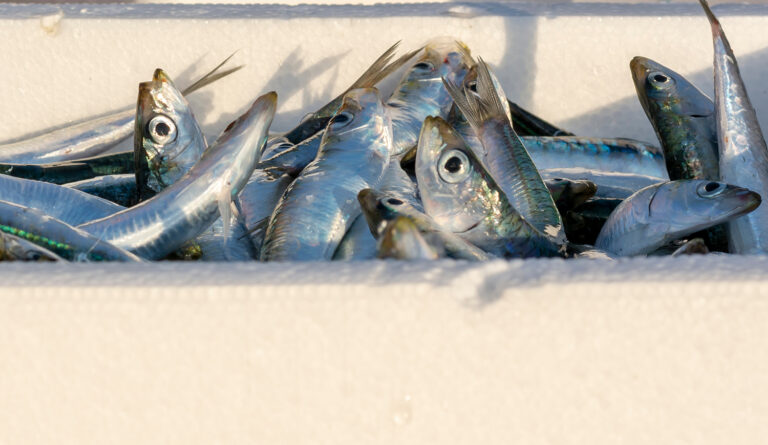
Intelligence
Will proposed FSMA traceability requirements secure or stress the seafood industry?
A proposed change to the Food Safety Modernization Act could improve traceability but be ‘burdensome’ for the seafood industry to implement.
Intelligence
Research suggests that blue light could effectively destroy Listeria monocytogenes, a common contaminant that plagues food processing plants.

Intelligence
A proposed change to the Food Safety Modernization Act could improve traceability but be ‘burdensome’ for the seafood industry to implement.

Intelligence
A report on food safety issues in New Zealand and Australia discusses enhancements in food safety practices to prevent foodborne diseases.
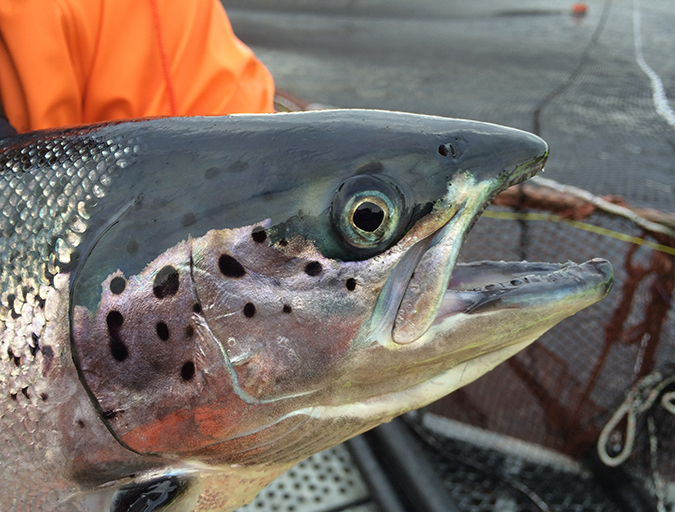
Intelligence
Household surveys have been carried out annually since 2012 in France, Germany and the UK on perceptions and consumption patterns for salmon and meat from agriculture. Results show that salmon is generally perceived as having more beneficial effects than chicken on brain development, bone development, certain cancer risks and coronary heart disease risk.

Innovation & Investment
To assess the role of genetic engineering in agriculture, we should first state what we want from our agricultural systems. Agriculture, and by extension the future of aquaculture, lacks a succinct direction.
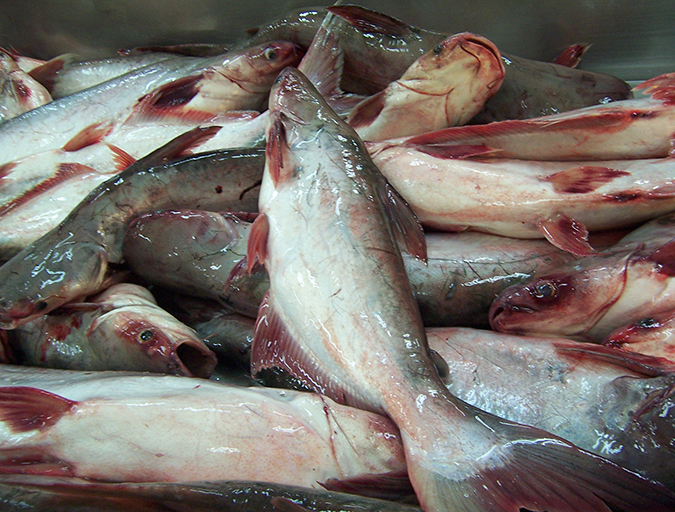
Intelligence
Vietnam’s pangasius industry captivated the global seafood industry, environmental organizations and the mass media. A scientific look at harmful substances detected in exported fillets and the reporting of the associated health risks through the media finds wide disparities.
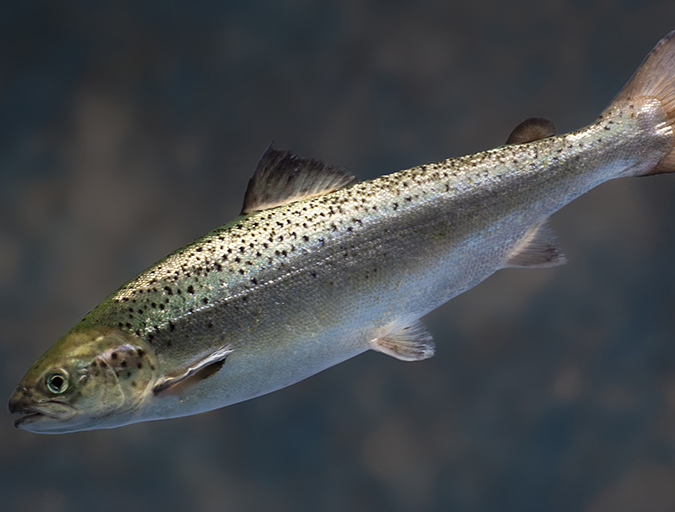
Intelligence
After a 20-year process, a genetically modified fish earned U.S. Food and Drug Administration approval, reigniting one of the seafood industry’s most intriguing controversies. Here are 10 key downloads from the groundbreaking decision over AquAdvantage salmon.

Innovation & Investment
China, the world’s largest producer of farmed fish, represents a huge opportunity for the Global Aquaculture Alliance and its Best Aquaculture Practices certification scheme. GAA’s Steve Hart talks about the inroads the organization has already made and how he can leverage his background in the soy industry.
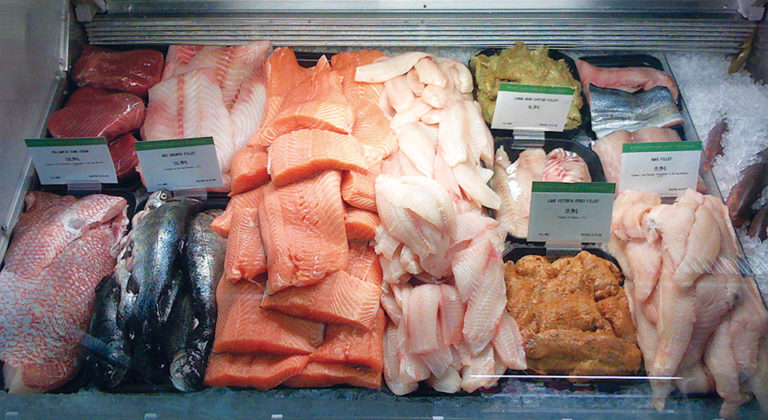
Intelligence
According to a literature review, consumers will demand more information about seafood consumption and how to trace its movements through the value chain.

Health & Welfare
The 2001 detection of chloramphenicol in shrimp imported into the Netherlands heightened awareness of and anxiety over the presence of chemicals in food.
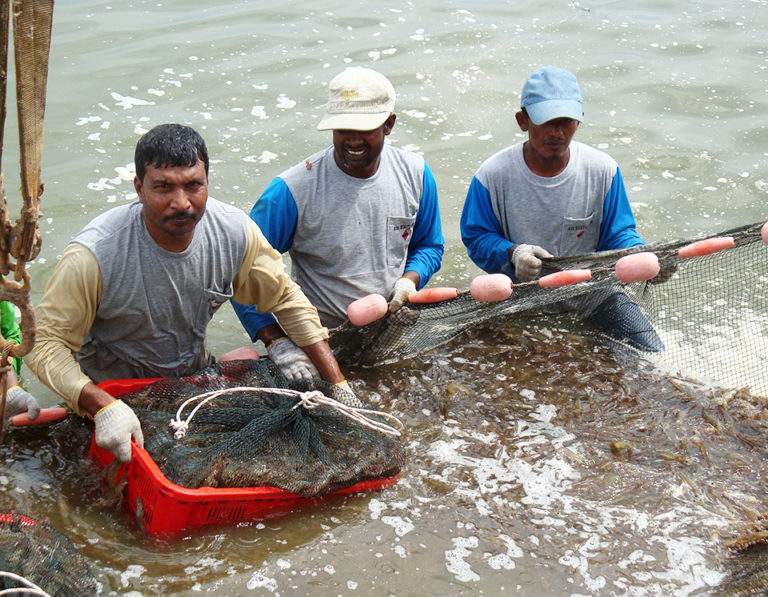
Responsibility
Each farm unit should have a written program that defines measures to prevent food safety problems and a program of regular testing.
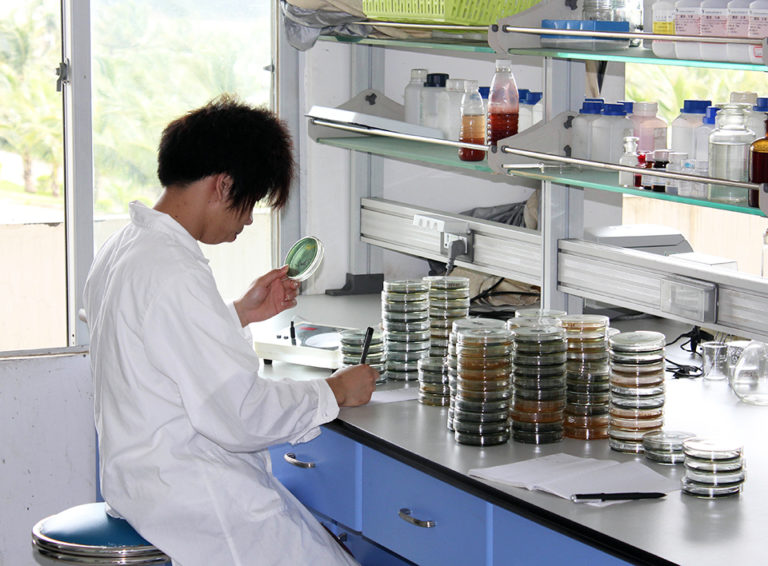
Intelligence
A zero-tolerance precautionary approach to certain antibiotics in food has proven unworkable as a result of continuing analytical progress for food safety.
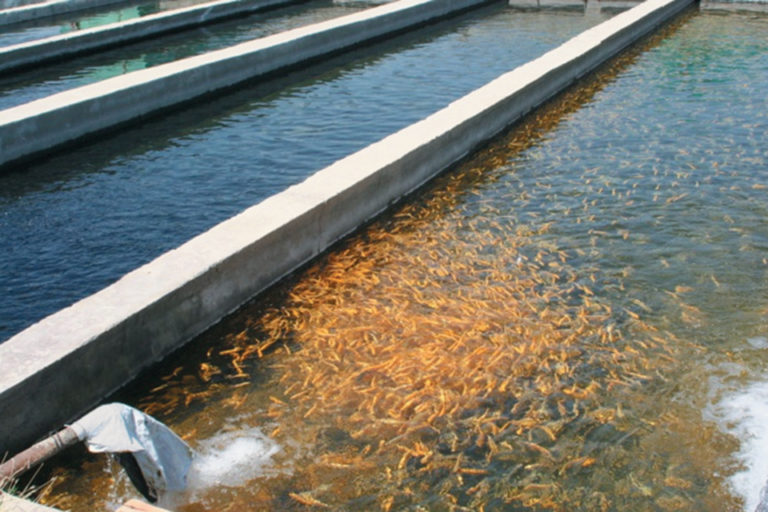
Health & Welfare
Fish farms in Armenia have developed a diversified product base that includes value-added, ready-to-eat foods for export, as well as live and processed fish for domestic markets.
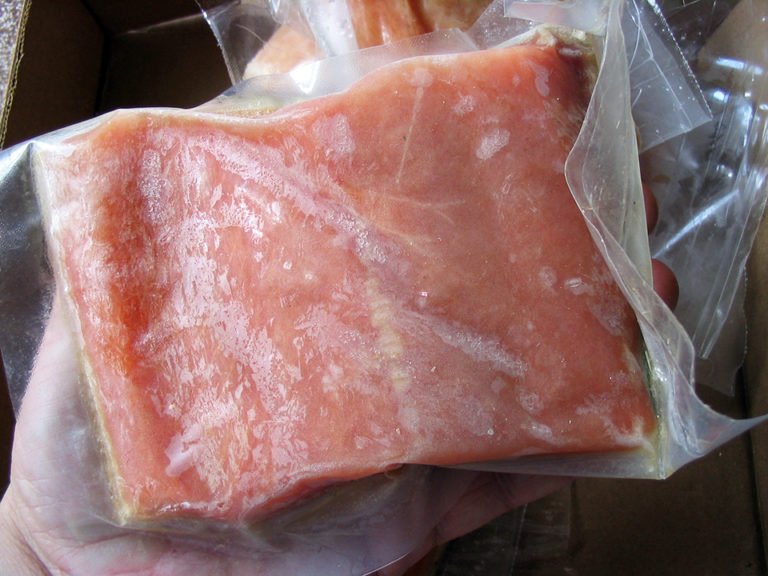
Intelligence
Superchilling is the refrigeration of fish in which the flesh temperature is reduced several degrees below the freezing point, forming ice in the outer few millimeters of the fish.
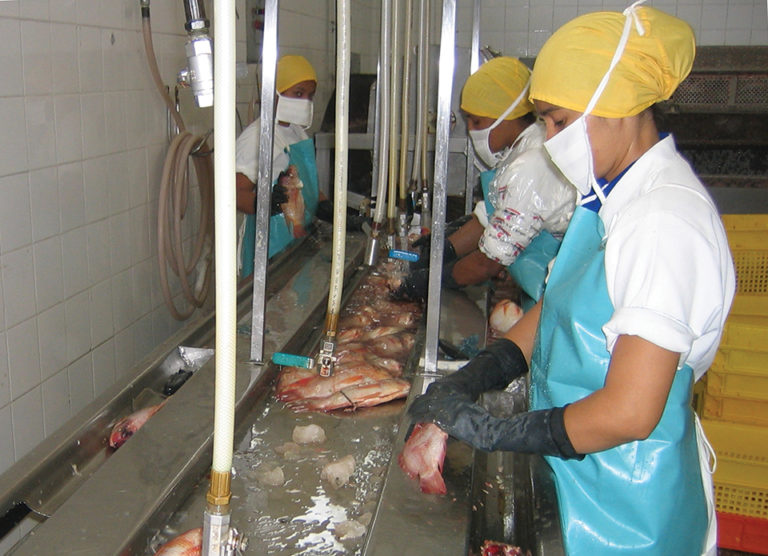
Intelligence
The most important quality issue for tilapia is the presence of off-flavors that derive from cyanobacteria and actinomycetes, which can be addressed by depuration.
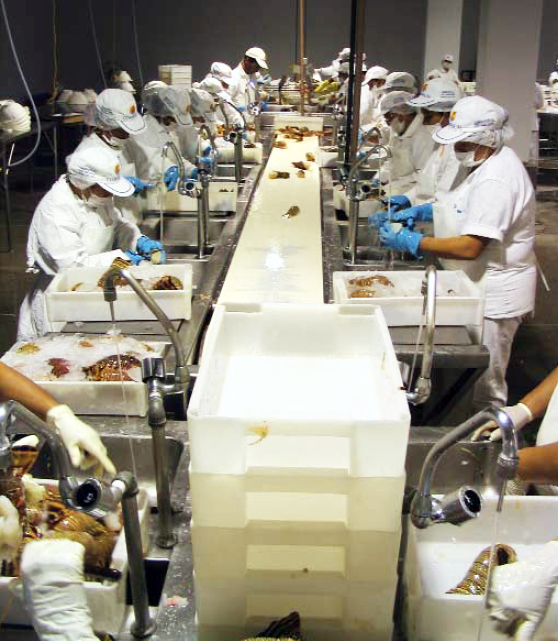
Intelligence
ISO standards address documentation of operational and management activities required to fulfill customer expectations and requirements for food safety.